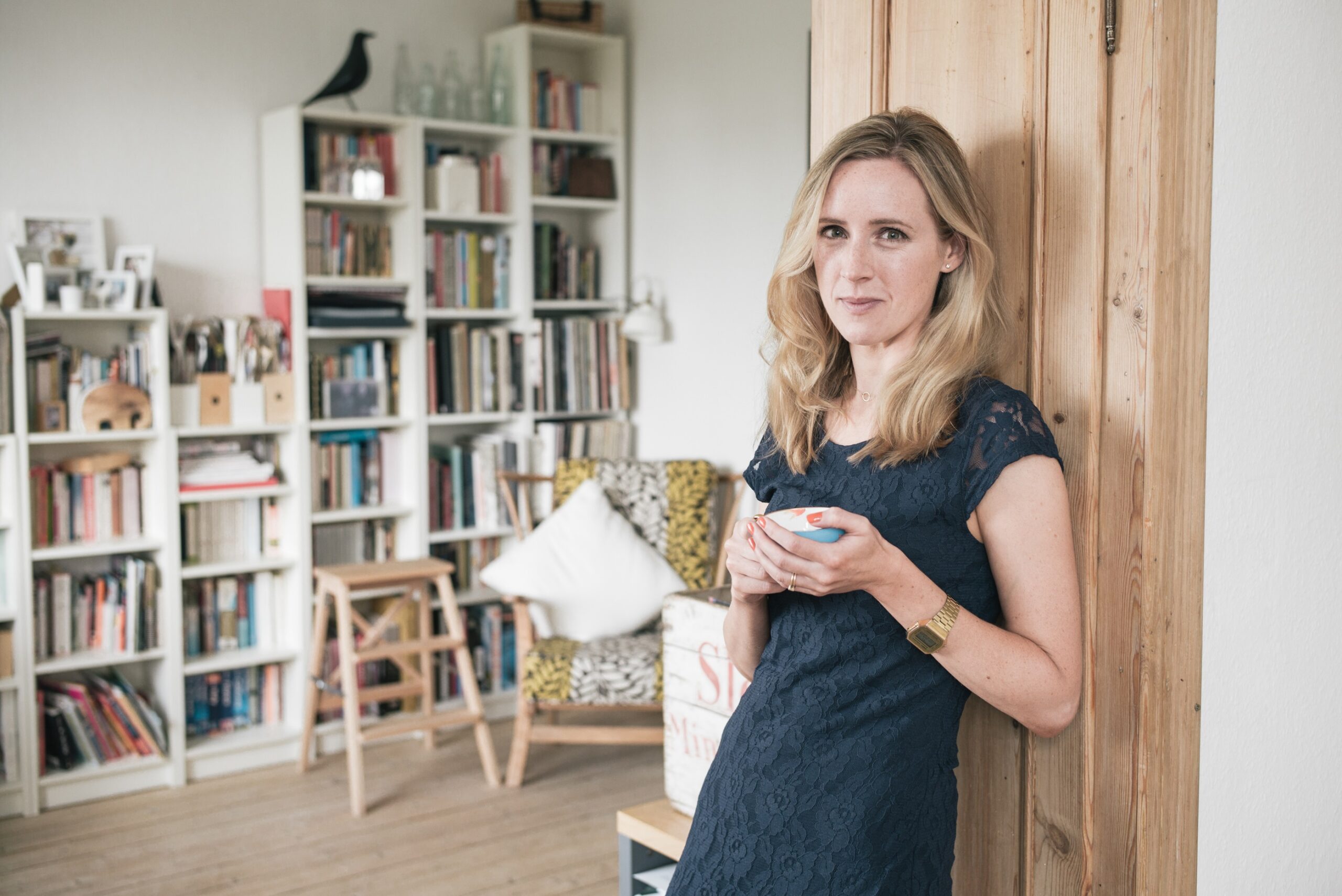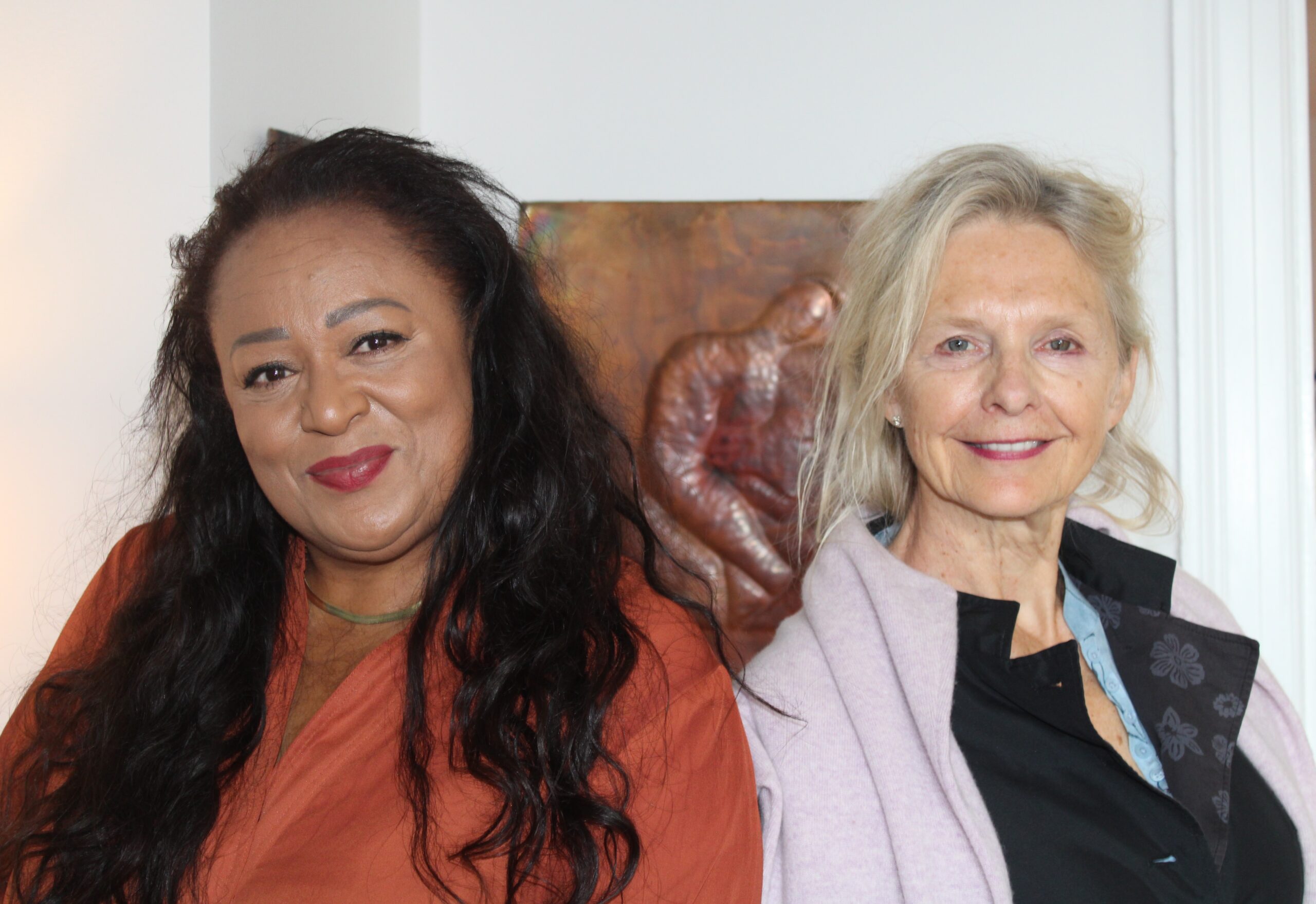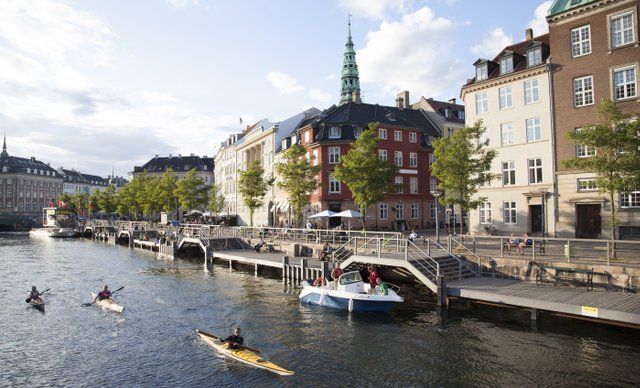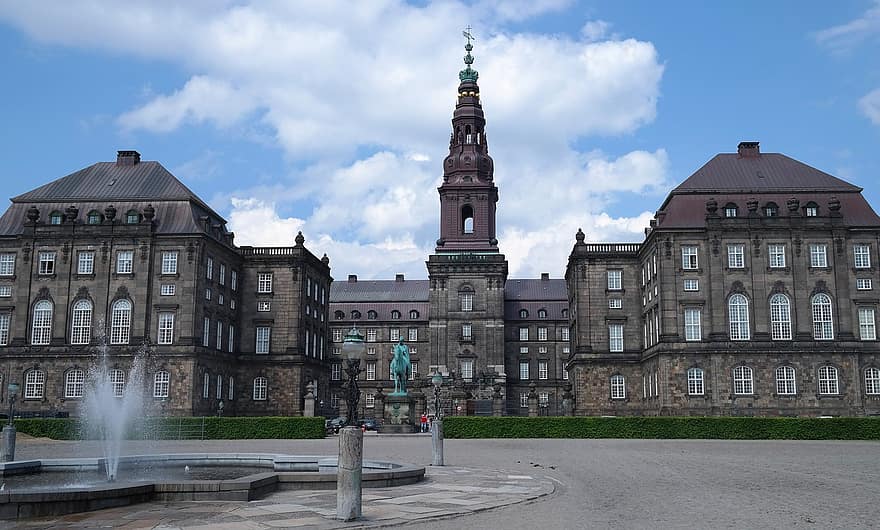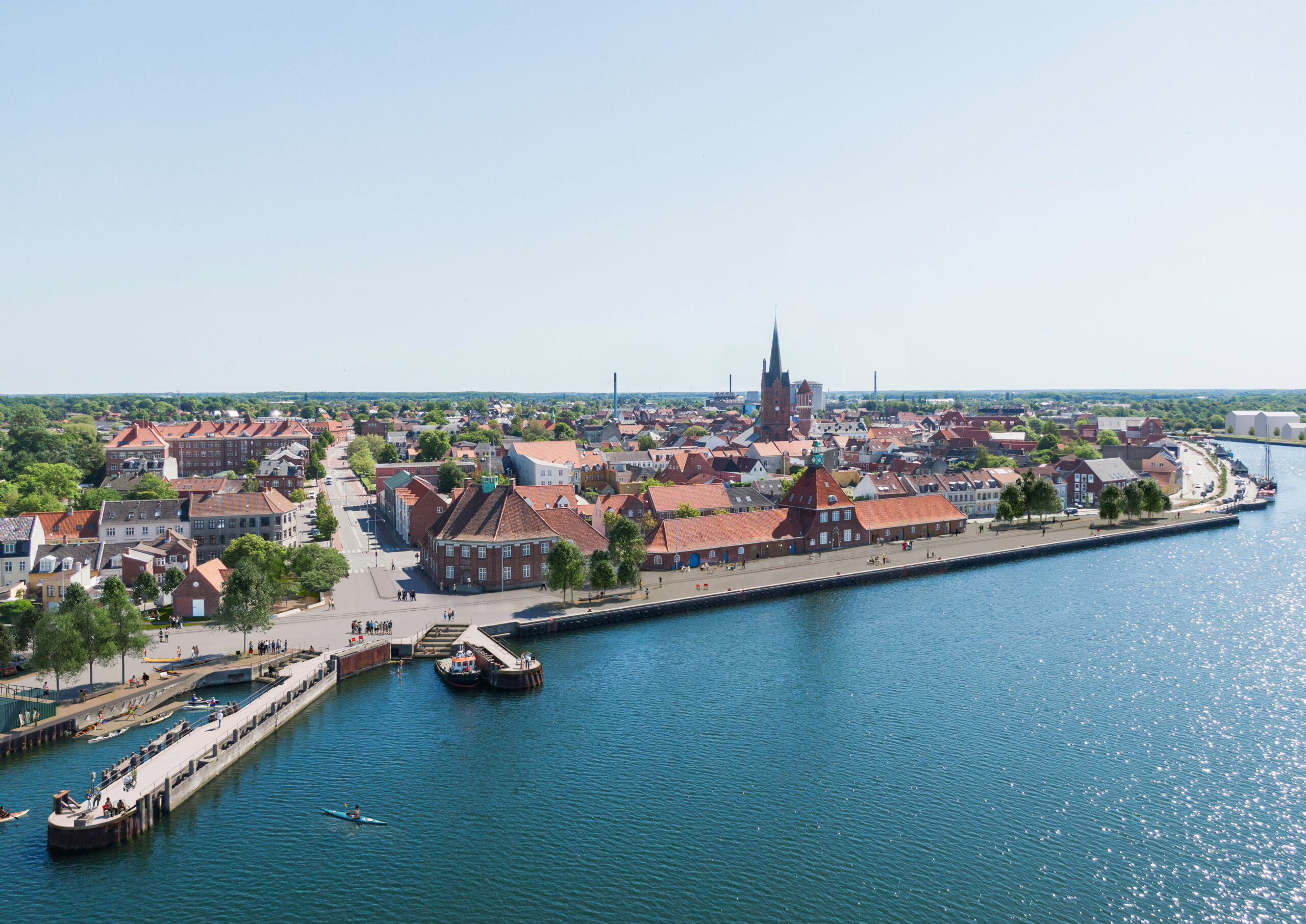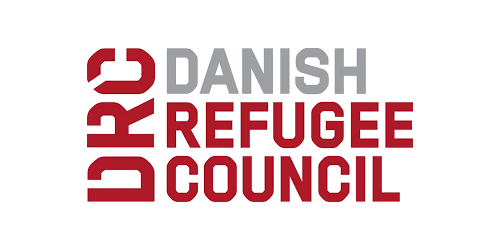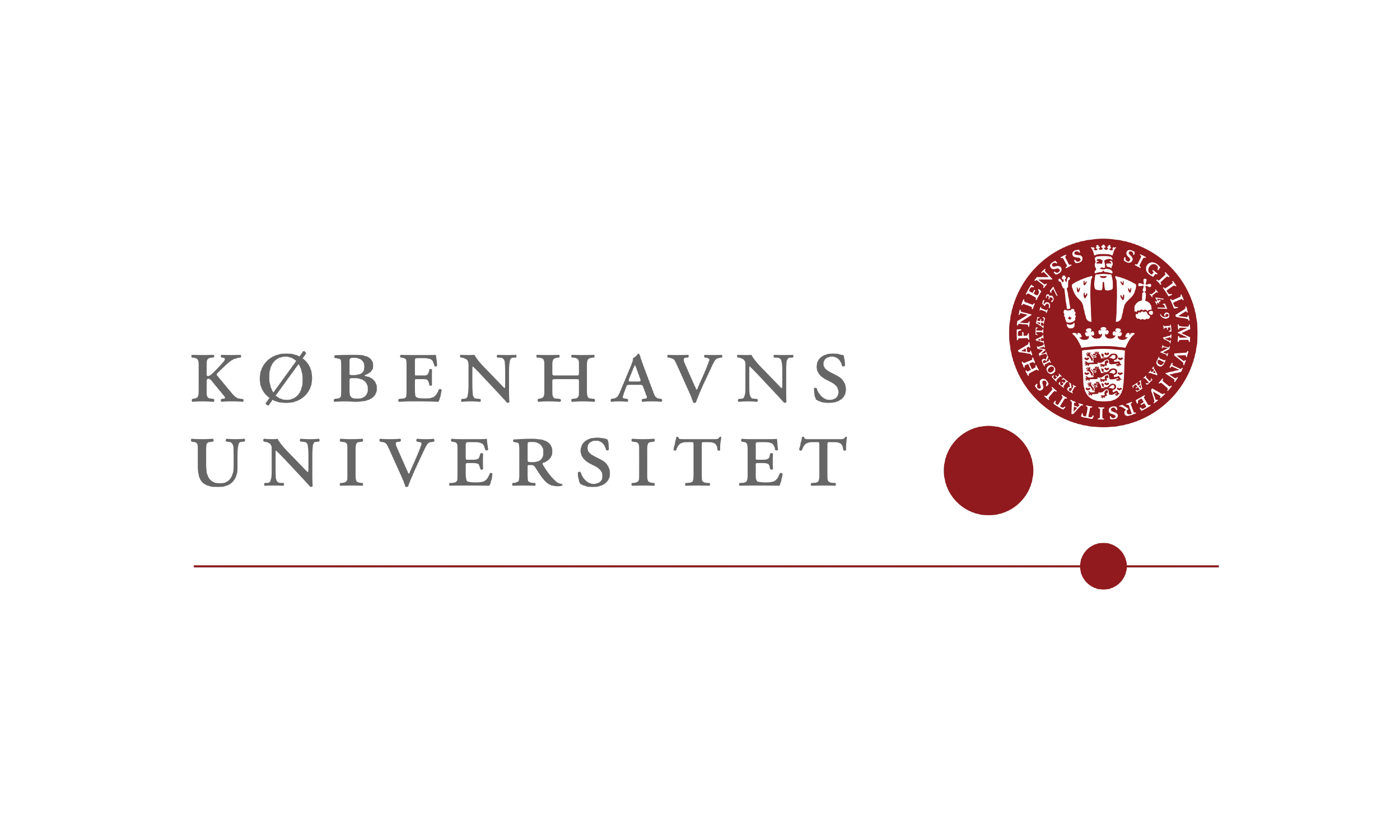Passengers on regional trains are breathing in ten times the amount of particulate pollution that they would if they were standing on Copenhagen’s HC Andersen Boulevard at rush hour. The recent statistics gathered by the Danish Technical Institute for state railway operator DSB mirror those collected in March by the ecological council Det Økologiske Råd.
“We can completely confirm what Det Økologiske Råd said earlier: that there are very large numbers of these fine particles,” Ove Dahl Kristensen, the head of engineering at DSB, told Politiken newspaper.
The particles are spewing out of DSB’s old diesel locomotives.
According to the Department of Public Health at the University of Copenhagen, 3,000 Danes die prematurely each year due to particulate pollution, which increases the risk of lung cancer, cardiovascular disease, stroke and severe respiratory disorders.
DSB promised that it is working on reducing the pollutants, and will replace the filters on trains before the start of 2014, which could reduce the amount of particles by 40 percent.
“That still leaves 60 percent, and we would like to do better,” said Kristensen. “We are testing different technical solutions, but cannot promise that pollution will be reduced further until we find a solution that we can implement.”
Meanwhile, out on the street
The air quality is not much better for those walking around in Copenhagen these days.
The city's most polluted streets are still far above EU limits set in 2010 for nitrogen dioxide, a dangerous gas that is especially harmful to people with asthma and other respiratory problems. It also increases the risk of cancer and heart disease and can cause learning problems in children.
Authorities promised that Denmark would be in compliance with all EU limits for nitrogen dioxide by 2015, but figures released Wednesday by the centre for the environment and energy, Nationalt Center for Miljø og Energi (DCE), show that the goals will not be met. Measurements of NO2 on busy streets like HC Andersen Boulevard are 15 to 20 percent higher than the EU limits.
Clean Air Zones
The residents' group Red Søerne (Save the Lakes) has taken its case to parliament’s ombudsman.
“Strict clean air zones with restrictions on older, more polluting vehicles have significantly reduced pollution in Berlin and other German cities, but Denmark has failed to introduce similar rules to protect public health,” Søren Thor Borg, the head of Red Søerne, told Politiken.
Borg said the group would have brought its concerns to the ombudsman in 2012, but the environment minister, Ida Auken (Socialistisk Folkeparti), promised that she would establish strict clean air zones by the beginning of this year.
Auken said that effective measures that do not interfere with residents and businesses have been tough to find. That argument holds no water with the ecological council, however, which points out that people living in Berlin resisted the stricter rules in the beginning, but became convinced of their value when pollution levels began to fall.
“If you want to legislate that way, then you should scrap speed limits as well, because citizens and businesses don’t like them either,” Kåre Press-Kristensen from Det Økologiske Råd told Politiken.
EU getting cranky
The EU commission has warned Denmark that it needs to comply with the regulations.
Auken said that nitrogen dioxide amounts have really only spiked on HC Andersen Boulevard.
“Miljøstyrelsen [the environmental protection agency] is looking at the reasons and talking with the city about what can be done about the pollution,” Auken said. “The government is committed to ensuring good air quality throughout Denmark.”
Auken said that the work is taking longer than she would like, but that she hoped to have concrete recommendations regarding clean air zones before Christmas.

